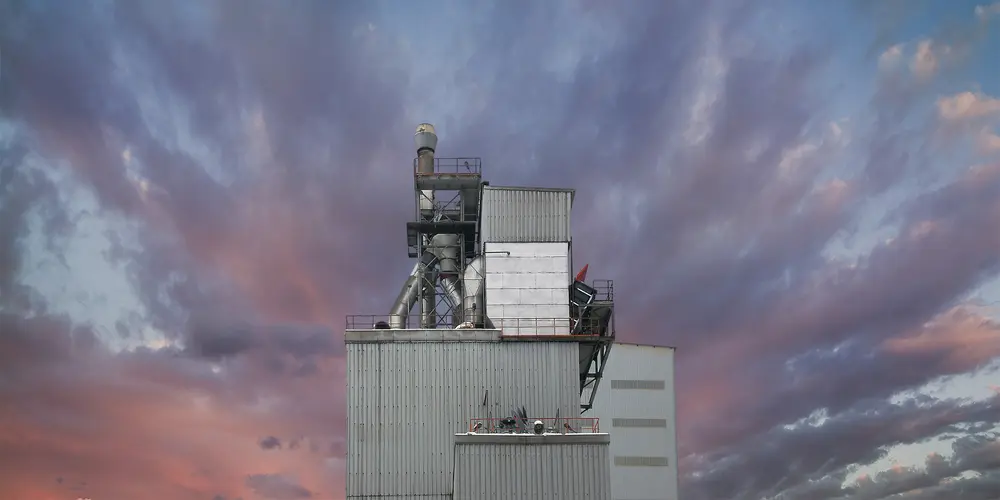The Peril of Coal Stockpiling Fires
Introduction
Coal continues to play a role in the cement industry despite the rise of renewable alternatives. The storage and handling of coal present challenges, one of the most hazardous being coal undergoing intensified oxidation which ultimately may lead to stockpiling fires. These fires can cause significant economic loss, environmental damage, and health risks.
For the safety of its processing it has to be ensured that coal undergoing intensified oxidation never reaches the process.
Causes of Coal Stockpiling Fires
- Spontaneous Combustion: The most common cause of coal stockpiling fires is spontaneous combustion. Coal, particularly sub-bituminous and lignite varieties, oxidize when exposed to air. This exothermic reaction can develop into a condition in which heat is generated, which, if not dissipated, can raise the temperature of the coal pile to its ignition point.
- Poor Stockpile Management: Improper handling and storage practices, such as excessive compaction or inadequate ventilation, can exacerbate the risk of spontaneous combustion. Large, compacted coal piles restrict air circulation, leading to heat buildup.
- External Sources: Fires can also originate from external sources such as nearby wildfires, lightning strikes, or human activities, including welding or smoking near coal storage areas.
Consequences of Coal Stockpiling Fires
- Economic Impact: Coal fires can lead to significant financial losses. The coal itself can be damaged or completely consumed by the fire, and the cost of firefighting operations can be substantial. Additionally, the interruption in coal supply can affect power generation and industrial operations, leading to broader economic implications.
- Environmental Damage: Coal fires release a variety of pollutants, including carbon monoxide, carbon dioxide, sulphur dioxide, and other hazardous gases. These emissions contribute to air pollution, acid rain, and global warming. Furthermore, the firefighting process often requires large quantities of water, which can lead to water pollution if contaminated runoff enters local water bodies.
- Health Risks: The smoke and gases produced by coal fires pose serious health risks to nearby populations. Inhalation of these pollutants can cause respiratory issues, cardiovascular problems, and other health complications. Long-term exposure can increase the risk of chronic illnesses such as asthma and lung cancer.
Prevention and Mitigation Strategies
- Proper Stockpile Management: Effective management of coal stockpiles is crucial in preventing spontaneous combustion. This includes regular monitoring of temperature and gas emissions within the pile, maintaining optimal pile height and compaction, and ensuring adequate ventilation.
- Early Detection Systems: Installing temperature and gas monitoring systems can help detect early signs of combustion, allowing for timely intervention. Infrared cameras and thermal imaging can be particularly useful in identifying hotspots within large coal piles.
- Controlled Handling: Minimizing the disturbance of coal piles can reduce the risk of ignition. When handling is necessary, it should be done carefully to avoid generating heat through friction or exposing new surfaces to air.
- Fire Extinguishing: Fires in stockpiles can only be extinguished be complete immersion of affected portions in water. For this it is necessary to organise the stockpiles as to be accessible by wheel-loader and to have a suitable water basin available.
- Regular Inspections and Maintenance: Routine inspections and maintenance of storage facilities, handling equipment, and monitoring systems are essential in preventing coal stockpiling fires. Identifying and addressing potential hazards before they escalate is key to effective fire prevention.
Conclusion
Coal stockpiling fires represent a significant hazard with potentially devastating consequences. Through a combination of proper stockpile management, early detection, controlled handling, and fire extinguishing systems, the risks associated with coal storage can be significantly reduced. As the world continues to rely on coal as an energy source, prioritizing safety and prevention measures is essential to mitigate the dangers posed by coal stockpiling fires.
